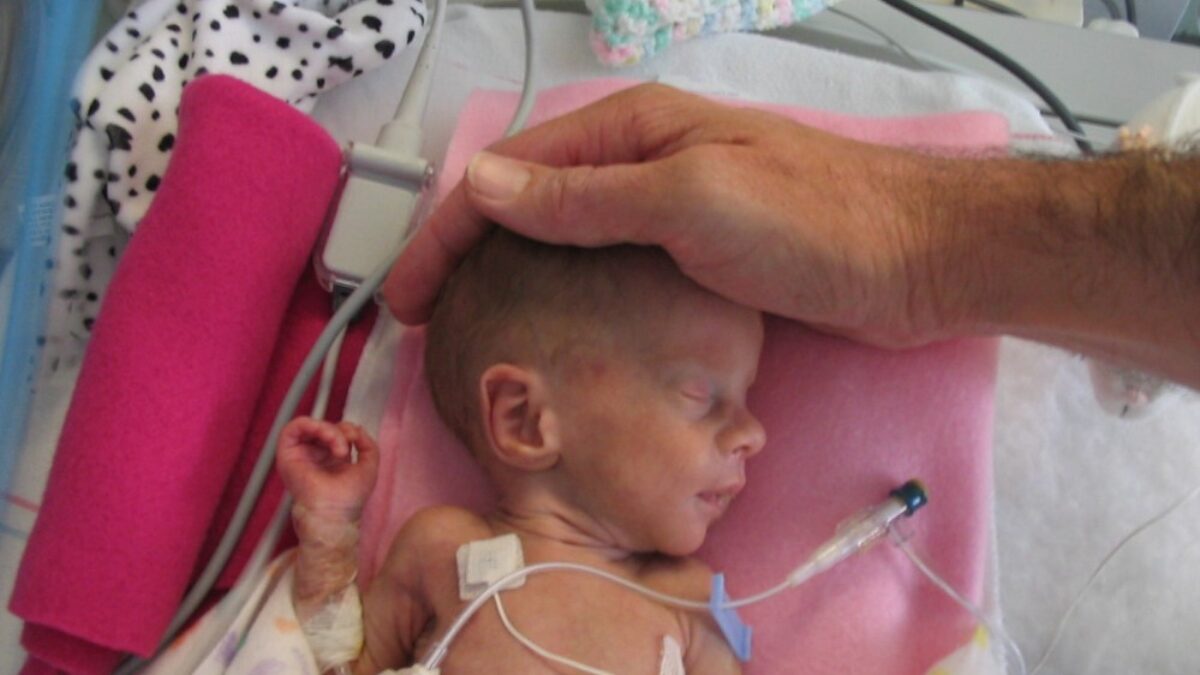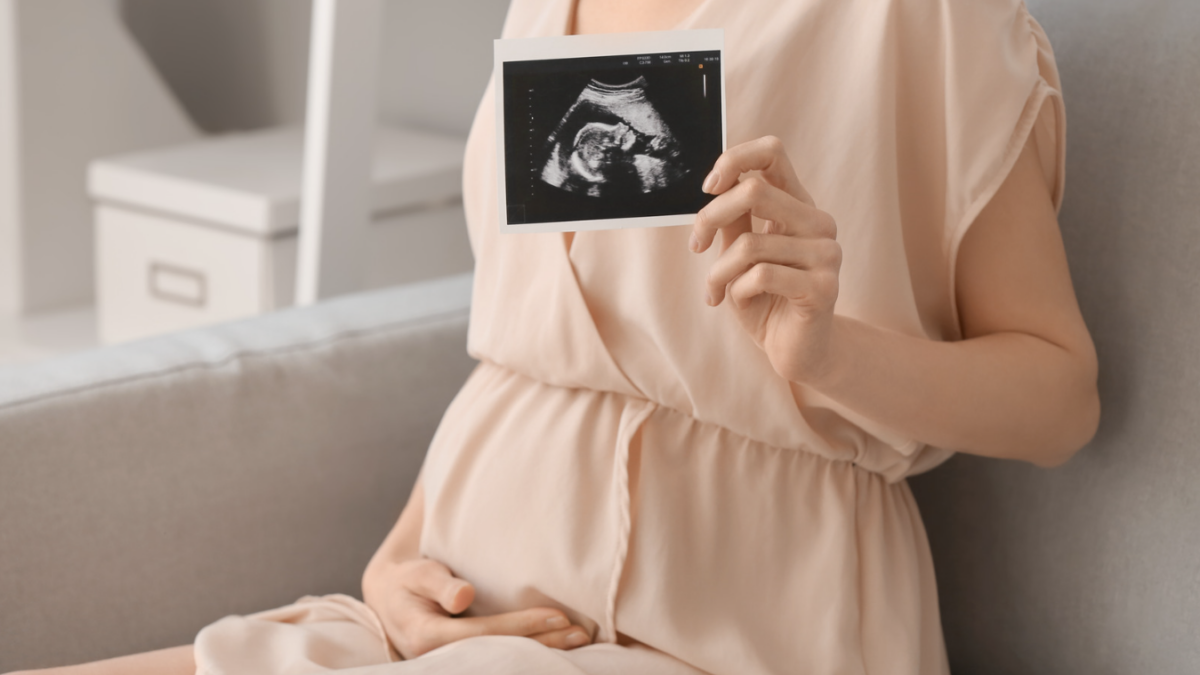Curtis Means is a living and active one-year-old boy. That’s because his mom wanted him. If she didn’t, she could have paid an abortion provider to kill him on the very day his family now celebrates as his birth day.
To abort Curtis was his mom’s “constitutional right,” the Supreme Court has proclaimed in its past decisions. But the court will now reevaluate this disturbing conclusion, hearing arguments today about a state’s ability to protect children in the womb from death by abortion.
Right now, Supreme Court decisions say mothers may obtain an abortion for mere convenience “before viability” — that is, before their unborn child is sufficiently developed to have a “realistic possibility” of surviving outside the womb. But this arbitrary test leads to troubling results, such as killing babies like Curtis.
Let me explain. While pregnancy is usually thought of as a 40-week process, Curtis was born at 21 weeks, 1 day. He now holds a Guinness World Record as “the most premature baby to survive.” But in the case now before the Supreme Court, Dobbs v. Jackson Women’s Health Organization, the abortion providers argue that “viability occurs no earlier than 23-24 weeks of pregnancy.” In other words, abortionists think the Constitution guarantees a right to kill babies in the womb even when they are a full week older than Curtis was at birth.
In fairness to the abortion providers, I’ll note that Curtis did not hold a world record when they filed their legal brief making this argument. But knowing about Curtis would not have changed their minds. After all, the prior record-holder, Richard Hutchinson, was born at 21 weeks, 2 days, weighing just 11.9 ounces — less than the contents of a typical soda can. Like Curtis, Richard is also a year old today and a precious blessing to his family.
For abortion providers, the fact that Curtis and Richard did survive is not enough to stop killing children in the womb at 21 or 22 weeks. That’s because the Supreme Court has said that a child must have a realistic possibility of surviving outside the womb on the day of a planned abortion to be eligible for protection. That ability to survive outside the unborn child’s natural environment is, we are told, the magical line separating those who may be protected from those who may be killed at will.
But does the Constitution really provide a right to kill unborn children who are even older than Curtis and Richard were at birth? Of course not. The Constitution is known for its protection of life and other human rights, and the most careful search of its text will not reveal any right to abortion — much less a right to elective abortion all the way through viability.
With advances in our ability to see the beauty of life in the womb and successfully provide medical care to very premature infants and even unborn children, it has become increasingly clear that the Supreme Court’s creation of an abortion right violates basic human decency. The Dobbs case highlights that conflict.
Dobbs involves a Mississippi law protecting children in the womb beginning at 15 weeks of pregnancy. At that age, a child already has all his major organs. He can move each finger separately. He can respond to touch. Experts using ultrasound imaging to study his movements can often correctly determine whether he is right- or left-handed. His heart has already beat around 15,800,000 times and is pumping more than six gallons of blood each day.
Abortionists say there is a right to stop that heart and spill that blood. Mississippi believes those innocent children deserve protection.
That is the issue before the Supreme Court. It must determine whether it will continue to treat these brutal killings as a “right.” As it makes this evaluation, children like Curtis and Richard, who were born at an age when they could have been aborted, should remind the court — and all of us — that even the smallest and youngest human lives are infinitely valuable. It is time for the killing to end.









